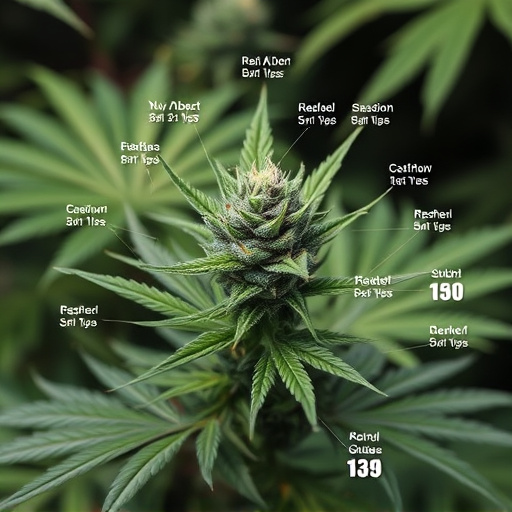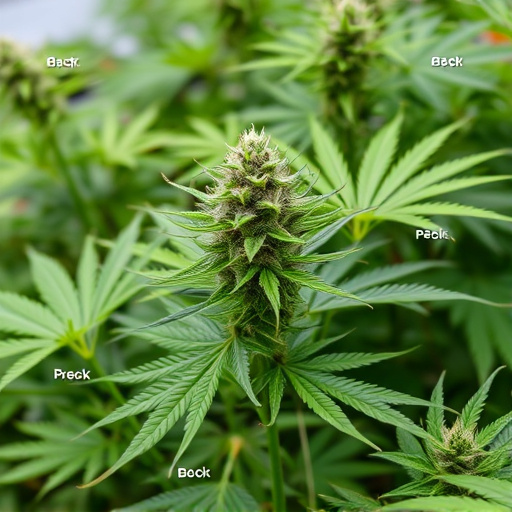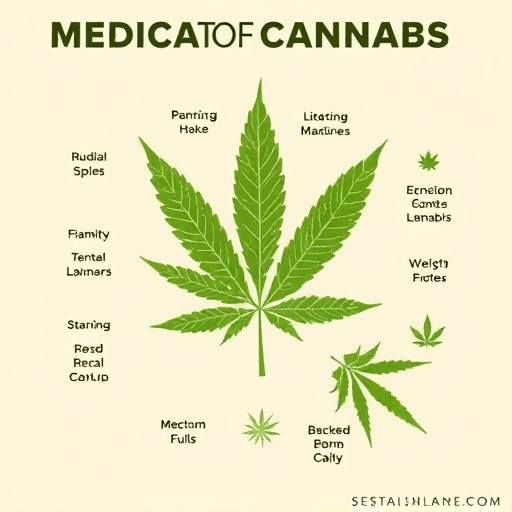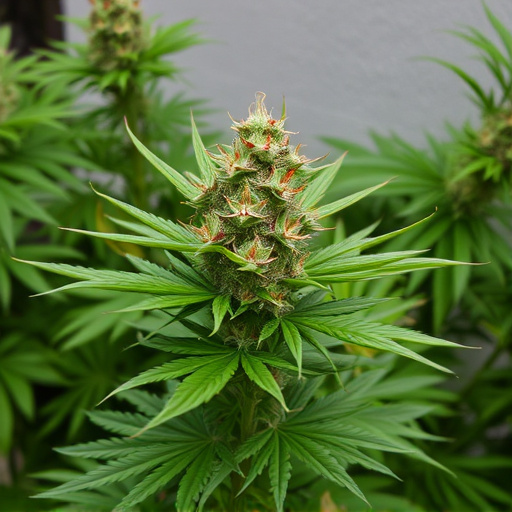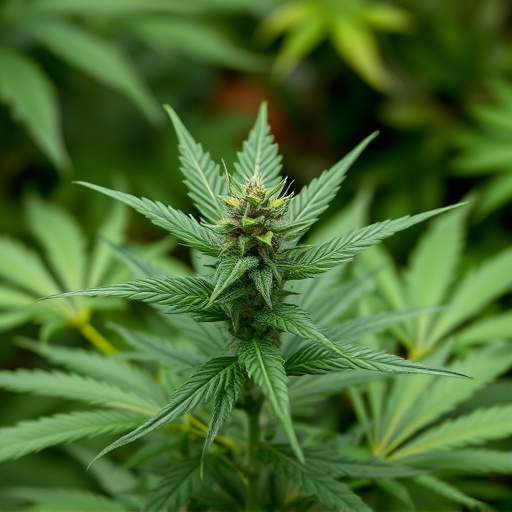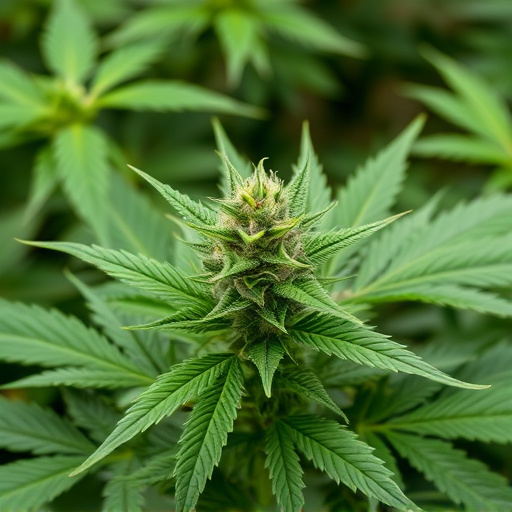Evaluating the quality of medical cannabis strains involves checking for visual cues like discoloration, powdery patches, and musty odors, indicating potential mold or spoilage. Proper storage in airtight containers is crucial to preserving integrity and ensuring patients receive high-quality, mold-free products. Aroma analysis is a key quality control tool used by cultivators and consumers to detect off-odours caused by poor cultivation or storage practices. The aging process can significantly impact potency, effectiveness, and therapeutic effects of medical cannabis strains, so awareness of product age is essential for consistent relief from medical conditions.
Spotting moldy or expired weed is crucial for ensuring safety and quality, especially among the diverse strains of medical cannabis available today. This guide delves into the art of identifying physical signs, off-odors, and changes in potency—key indicators of spoilage. By understanding these subtle cues, consumers can make informed decisions, ensuring they access top-tier products that deliver optimal effects and maintain their health.
- Visual Cues: Spotting Physical Signs of Mold or Spoilage
- Aroma Analysis: Identifying Off-Odors in Medical Cannabis Strains
- Potency and Effect Profile: When Quality Declines Over Time
Visual Cues: Spotting Physical Signs of Mold or Spoilage
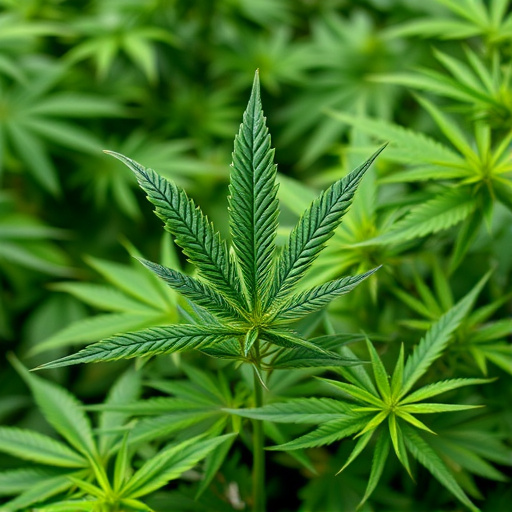
When it comes to evaluating the quality of medical cannabis, especially in terms of strains, visual cues play a significant role in identifying moldy or expired product. Moldy weed often exhibits physical signs that indicate spoilage. Look for discolored spots on the buds, which may appear black, brown, or white. These patches can be powdery or fuzzy and are distinct from the natural resinous coating of healthy cannabis. Another visual cue is the presence of slimy or sticky residues on the flowers, which can indicate high moisture content—a breeding ground for mold growth.
Additionally, expired or degraded strains may show signs of withering or dehydration, appearing dry and brittle upon touch. The aroma also changes; a strong, musty scent, different from the usual earthy or floral notes, is often an early indicator of spoilage. Proper storage in airtight containers can help preserve the integrity of medical cannabis strains, ensuring patients receive high-quality products free from mold and degradation.
Aroma Analysis: Identifying Off-Odors in Medical Cannabis Strains

The scent of medical cannabis is a key indicator of its quality and freshness. Experienced cultivators and consumers often refer to this as “aroma analysis,” where the distinct odours of different strains are meticulously examined. Off-odours, or unusual scents that deviate from the expected profile, can be an early sign that something has gone amiss during cultivation or storage. These off-notes could indicate moldy or expired cannabis, which can result from various factors like improper humidity levels, inadequate ventilation, or extended shelf lives.
In the world of medical cannabis strains, maintaining a consistent aroma is paramount for ensuring patients receive high-quality products. Aroma analysis becomes an essential tool for cultivators and dispensaries to ensure that each batch meets strict standards. By identifying and addressing off-odours early in the supply chain, they can prevent the distribution of subpar or potentially harmful strains, thereby fostering a more reliable and safe cannabis market.
Potency and Effect Profile: When Quality Declines Over Time
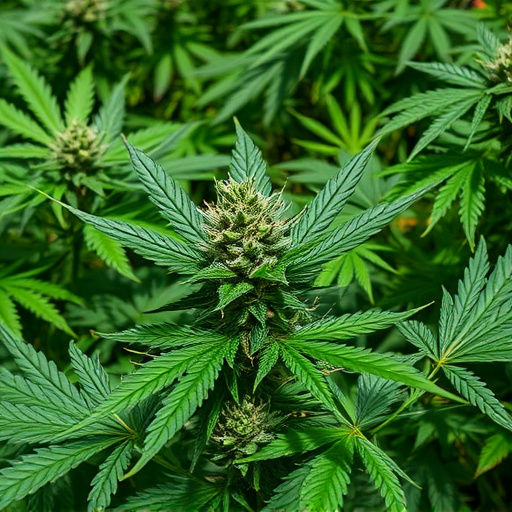
As strains of medical cannabis age, their potency and effect profile can undergo significant changes. The quality of cannabis is often measured by its THC (tetrahydrocannabinol) and CBD (cannabidiol) levels, which can diminish over time due to various factors like oxidation, exposure to light, and humidity. Initially potent strains may lose some of their punch, resulting in a milder high that could be less effective for treating specific medical conditions. This decline in potency is particularly noticeable in flower forms of cannabis, where the natural aging process accelerates the degradation of these compounds.
Additionally, the terpenes, aromatic compounds responsible for giving each strain its unique flavor and contributing to its therapeutic effects, also tend to break down over time. This terpene loss can alter the overall effect profile, reducing the potential benefits associated with specific strains. Therefore, it’s crucial for consumers to consider the age of cannabis products, especially when seeking consistent relief from medical conditions that require precise dosing and effective treatment.
When purchasing or storing strains of medical cannabis, it’s crucial to be aware of signs that indicate moldy or expired product. By recognizing visual cues, off-odors, and changes in potency, consumers can ensure they receive high-quality cannabis. Regularly inspecting your supply and understanding these key indicators are essential steps in navigating the market and accessing the full therapeutic potential of medical cannabis.








